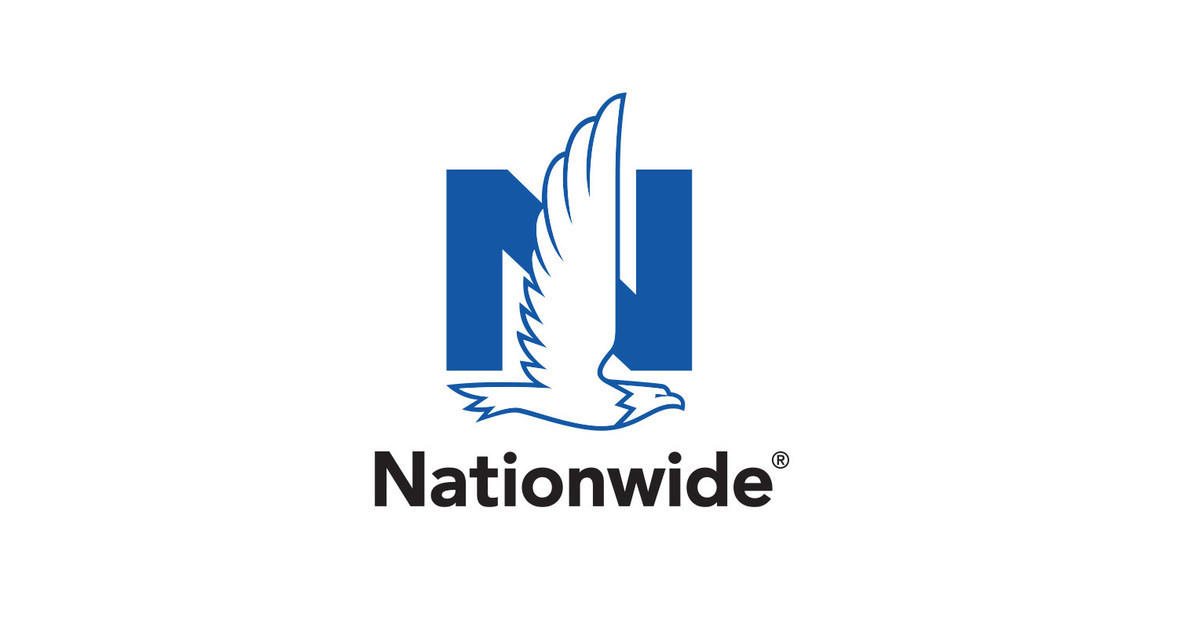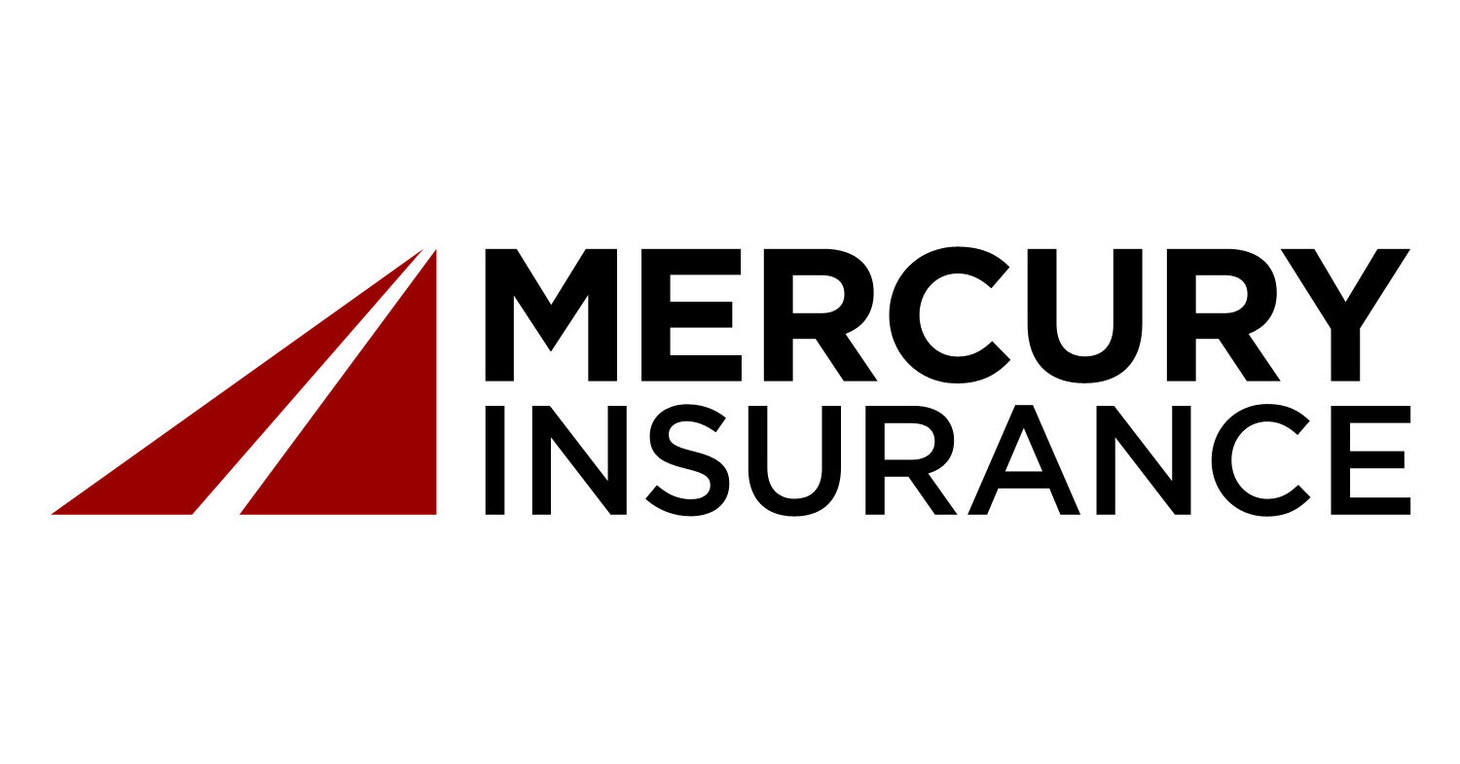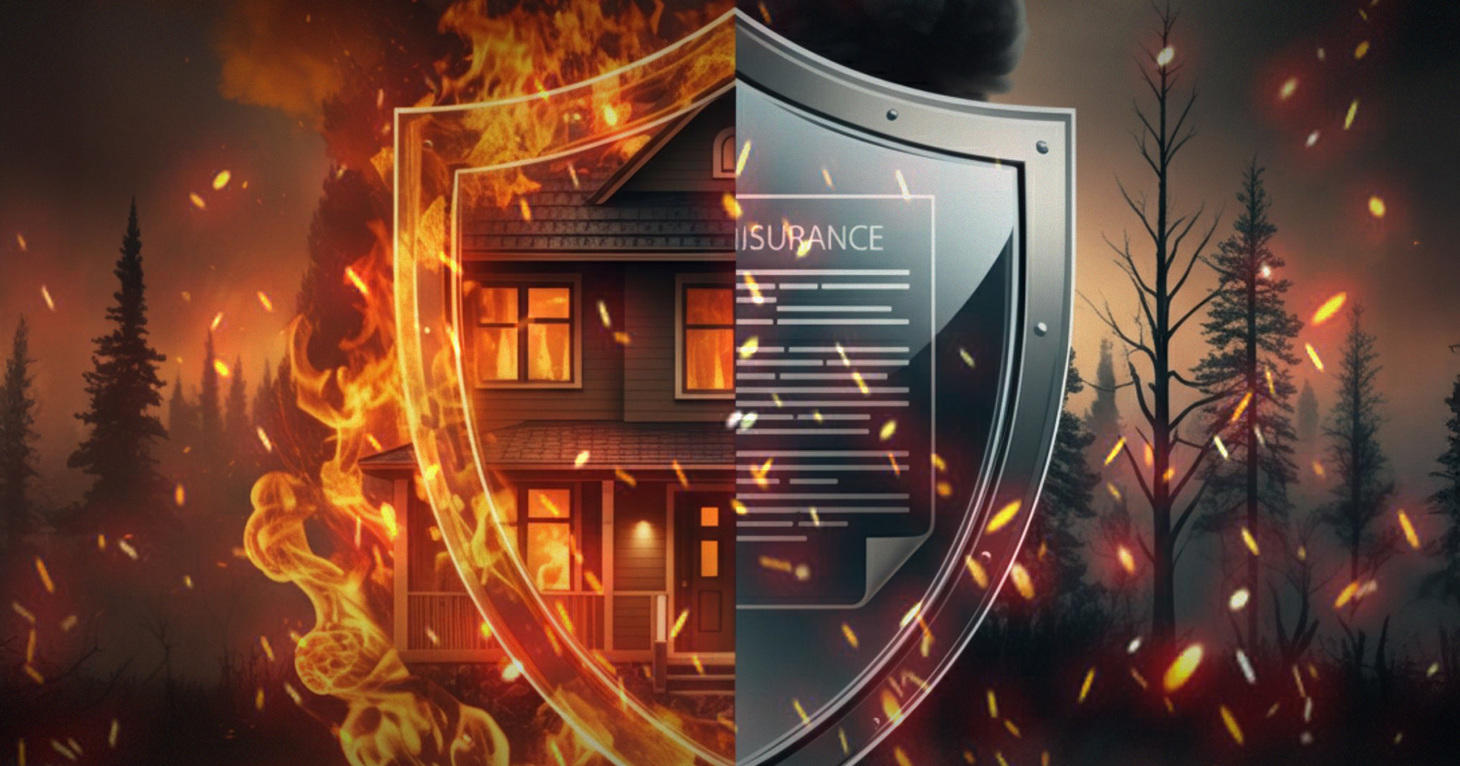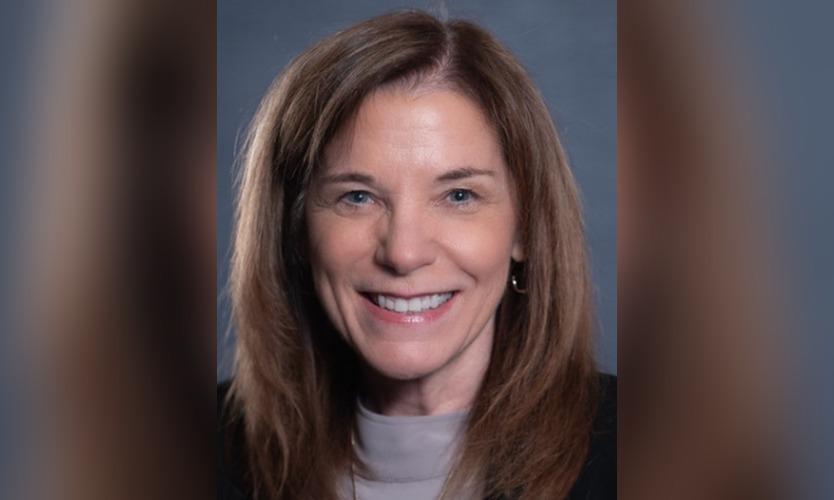News

Commercial Insurance Market Shows Mixed Signals in Q3 2025
Buyers face favorable conditions amid growing uncertainty and evolving risks, according to a report from Gallagher.
An analysis of commercial insurance trends for Q3 2025 reveal a market characterized by both opportunity and caution, according to Gallagher.
Four distinct trends are defining the current commercial insurance environment, according to the brokere:
- Preparing for challenging casualty renewals.
- Stable property insurance conditions.
- AI amplifying cyber risk exposures.
- Macroeconomic uncertainty.
The casualty insurance market faces mounting pressure from escalating claims costs and an increase in nuclear and thermonuclear verdicts, according to the report. Extended litigation timelines and growing interest in litigation funding have created additional casualty insurance market disruption, prompting insurers to reassess their approaches to coverage and pricing.
In contrast, the commercial property insurance market maintains stability despite significant natural disasters, including severe flooding across multiple regions and California wildfires, the report said. Carriers demonstrate eagerness to expand their portfolios and offer rate reductions as competition intensifies, Gallagher noted.
Allstate to Pay About $500K on Georgia Claim Highlighted in Hearing, Senator Says
Three months after a U.S. senator chastized Allstate for its response to a Georgia woman’s storm claim, Allstate has paid more than 10 times its initial payout on the claim, U.S. Sen. Josh Hawley said.
“Allstate has finally agreed to pay Ms. Migal’s claim in full. But there are many others like her across the country who(m) the insurance industry continues to scam,” Hawley said in a news release on Tuesday.
Hawley, chairman of a Senate subcommittee, led a hearing in May, in which he grilled Allstate Chief Claims Officer Mike Fiato over reports that the insurer had offered about $46,000 after a large oak tree fell on Natalia Migal’s Sandy Springs home.
An adjuster for Pilot Catastrophe Services testified at the hearing that the home was structurally damaged but Allstate claims reviewers had urged him to remove some items from his inspection report. When he declined, Allstate sent a second adjuster, who said that his estimates were often reduced inappropriately by company reviewers.
Research

Is GEICO the Cornerstone of Berkshire Hathaway's Insurance Growth?
GEICO's cost-efficient model and steady float make it the driving force behind Berkshire Hathaway's insurance growth.
Berkshire Hathaway’s (BRK.B) insurance portfolio includes GEICO (auto insurance), General Re (reinsurance) and Berkshire Hathaway Reinsurance Group (BHRG). Among these, GEICO serves as the cornerstone, driving significant revenue growth and producing underwriting “float” that Warren Buffett has long leveraged for investments. As one of the largest auto insurers in the United States, GEICO generates a steady stream of premiums from millions of policyholders, strengthening Berkshire’s market position, dispersing risk and supporting competitive pricing alongside high customer retention.
Central to GEICO’s success is its efficient, direct-to-consumer business model. By focusing on online sales and advertising rather than agent commissions, it maintains low operating costs, allowing competitive rates while preserving profitability. This operational edge delivers consistent underwriting gains, bolstering Berkshire’s overall insurance earnings. The essential nature of auto coverage also ensures resilience, even during economic slowdowns.
GEICO is also a major contributor to Berkshire’s float—the premiums collected before claims are paid—which can be invested to generate returns without drawing on shareholder capital. Its expanding premium base ensures a reliable flow of investable funds, thus fueling gains across Berkshire’s equities, bonds, and subsidiaries.
In recent years, GEICO’s aggressive advertising, strong brand equity, and competitive pricing have increased market share, particularly among younger drivers. With advanced digital tools, telematics and data-driven pricing, it is well-positioned for continued growth

Survey: More Stressful Than a Wedding: First-Time Buyers Share the Shocks of Homeownership
Buying a home for the first time is a major milestone, but for many, it's also an overwhelming and unfamiliar process. A new survey from Nationwide reveals that recent first-time buyers found the experience more stressful than landing their first job, planning a wedding, or even finding a long-term partner.
Despite the hurdles, they did it. Now, they're offering advice for those up next. Their insights offer practical, candid advice for new buyers. From surprise expenses to the pride that comes with finally having a place to call their own, these stories give renters and aspiring homeowners a clearer view of what's ahead.
"Buying your first home is a big transition," said Casey Kempton, President P&C Personal Lines at Nationwide. "When making this type of decision, it's natural for new homebuyers to start second guessing themselves. However, having a trusted advisor, like your agent, can help take some of the guesswork from that process. These findings show just how much guidance buyers are looking for – not just during the transaction, but after the keys are in hand."
Stress of Buying a Home Beats Wedding Planning & Job Hunting According to the survey, 71% of first-time buyers said the process was more stressful than finding their first job. Others said it ranked above planning a wedding (59%) or finding a long-term romantic partner (56%).
Commentary/Opinion
Experts warn of 'cycle of doom' for last resort home insurance
Without reforms, experts warn about the “cycle of doom” — insurers withdrawing, FAIR plan rolls swelling and costs escalating.
A growing number of U.S. homeowners are finding their only property insurance option is their state’s last-resort program, according to a new report from the National Resources Defense Council (NDRC).
Data shows extreme weather driving private insurers from high-risk areas and forcing premiums higher for everyone else.
Last resort programs — known as Fair Access to Insurance Requirements (FAIR) plans — were created to provide limited coverage for properties rejected by private carriers. However, climate-driven disasters are pushing them toward a financial breaking point, as outlined in the report.
Cycle of withdrawals
FAIR policies cover properties that present “tail risks,” or low-probability but high-cost events such as hurricanes, wildfires and severe storms. The more high-risk policies FAIR plans take on, the more they pay out.
When reserves run short, they assess costs to private insurers in proportion to their market share. Insurers sometimes pass those costs to customers through surcharges — further raising premiums and prompting more policyholders to turn to FAIR plans.
Federal Reserve Chair Jerome Powell recently warned that mortgages in some areas may become “nearly impossible to obtain” if insurance withdrawals continue.
Without insurance, mortgage approvals often collapse, leading to defaults and falling property values.

Teen Drivers, Dorm Parking, and Insurance: What to Know Before the Fall Semester
As students prepare to head to college this fall — often with a vehicle in tow — Mercury Insurance is offering expert tips to help families avoid costly surprises and make sure they're covered wherever the road leads.
"College is an exciting time, but it also comes with new responsibilities — especially when it comes to driving and parking," said Justin Yoshizawa, Director of State Product Management at Mercury Insurance. "We want to make sure students and parents alike are aware of the unique insurance considerations when a vehicle is being used on or around campus, and how they can stay protected while avoiding common mistakes."
Key Insurance Tips for College-Bound Drivers:
Update Your Policy: If your teen is taking a car to college, be sure to update the garaging address on your auto insurance policy. Coverage and rates can vary depending on the vehicle's primary location.
Consider Usage: If your student is leaving their car at home, you may qualify for a reduced rate. Mercury offers discounts for students who attend college more than 100 miles away and don't have regular access to a vehicle.
Keep Vehicles Secure: Dorm and campus parking lots are often crowded and vulnerable to dings, theft and vandalism. Make sure you have comprehensive and collision coverage in place and remind your teen to lock their car and avoid leaving valuables inside.
AI in Insurance

Insurers too slow on artificial intelligence, KPMG says
KPMG has warned insurers to “pick up the pace” in adopting artificial intelligence.
Despite wide acceptance that AI could transform operating models, the industry approach is “cautious optimism”, it says, and projects are taking too long to reach production.
“The slow pace of implementation is creating significant delays in progress compared to other industries.
“Despite the use of AI in a handful of areas and pilots ... insurance companies are not gaining an advantage on competitors by using this technology more widely. Doing so could enable businesses to work faster, more flexibly and develop more sophisticated models.”
A survey by the consulting group found 58% of insurance CEOs said it would take three to five years for generative AI to provide a return on investment, and there is “still hesitancy around wider deployment, exacerbated by challenges around the speed at which AI is evolving, data quality, bias and regulatory compliance”.
Many insurers are using AI in actuarial models and fraud prevention, and in voice recognition, chatbots and “next best action” prompts for agents.
But life insurer Prudential’s CTO Anette Bronder says many AI activities are triggered by IT departments.
“We need to flip this around and create an appetite within business functions ... Being able to respond quickly to business needs will be critical; if this doesn’t change, insurance organisations will likely be too slow,” she said in KPMG’s report.
Climate/Resilience/Sustainability

As insurance carriers flee high-risk areas, NAIC president sounds alarm
As extreme weather continues to pummel towns and cities across the country, the insurance industry is grappling with questions of affordability, availability, and long-term sustainability. In a recent interview with InsuranceNewsNet, Jon Godfread, president of the National Association of Insurance Commissioners (NAIC),emphasized that the path forward depends heavily on building resilience and increasing mitigation before disaster strikes.
“Resiliency is the number one priority right now,” Godfread said. “We’ve been having that discussion for a decade at the NAIC, and it’s finally gaining real traction.”
By resiliency, Godfread means more than just insurance coverage—it is about hardening homes, strengthening communities, and implementing wildfire and flood mitigation measures that can withstand the next catastrophe, that is almost surely coming.
Florida's experience cited
Florida’s experience offers a compelling case study, Godfread noted. After Hurricane Andrew in 1992, the state implemented tougher building codes and fortified construction standards. While it took decades to fully roll out, those measures are paying off.
“They’re weathering storms far better than in the late ’90s,” he said. Other states, including Alabama, have adopted similar programs, with data showing fortified roofs can significantly reduce losses during hurricanes.MORE
Today

NOAA still expects above-average hurricane season
Forecasters with the National Oceanic and Atmospheric Administration on Thursday said up to five major hurricanes may form in what is still expected to be an above-normal Atlantic hurricane season.
In its updated forecast, NOAA said there remains a 50% chance of above-normal activity, a 35% chance of a near-normal season and a 15% chance of a below-normal season. In May, NOAA forecast a 60% chance of an above-normal season.
NOAA now expects 13 to 18 named storms, with winds of 39 mph or greater, to form, of which five to nine could become hurricanes with winds of 79 mph or greater. Two to five of those could become major hurricanes with winds of 111 mph or more.
So far, the 2025 season has seen four named tropical storms — Andrea, Barry, Chantal and Dexter. Tropical Storm Chantal was the first named storm of 2025 to make landfall in the U.S. on July 6 near Litchfield Beach, South Carolina.

Tropical Storm Erin Expected To Strengthen Into A Hurricane | Weather.com
Tropical Storm Erin is tracking westward through the open Atlantic waters and should become increasingly organized in the coming days, potentially reaching major hurricane intensity this weekend as it tracks just north of the Caribbean islands, where it could bring rain and gusty winds.
Erin's longer-term future through next week is still uncertain, so interests from the U.S. East Coast to Bermuda should continue to monitor the forecast.
Tropical Storm Erin is located more than 1800 miles east of the northern Leeward Islands.
Erin is forecast track westward for now, with a slow bend to the west-northwest later this week. This path will take Erin toward increasingly warmer waters, which in tandem with low wind shear, should allow the storm to become a hurricane by Wednesday night or Thursday.
Recommended Events

ITC Vegas 2025 | October 14-16 | A Wonderland of Possibilities
Insurance innovation for our changing world
ITC Vegas (InsureTech Connect)uniquely combines unbeatable networking with what’s new and next, ensuring your time will be spent meeting more people, discovering new solutions, generating deal flow, and creating valuable partnerships. It’s a conference experience for the entire insurance ecosystem and unlike anything you’ve attended before!
Join the transformative insurance event that doesn’t just bring the industry together – it moves the entire industry forward.
'Connected’ Newsletter & Podcast and InsurTech Consulting are proud partners of ITC Vegas 2025 again this year
Use this promo code 200ITC826 to receive $200 off the registration fee. Discount valid for new registrations only
People

Chubb hires former Farmers exec as North America property claims head - Business Insurance
Chubb on Friday appointed former Farmers Insurance Group executive Kim Hare senior vice president, head of North America property claims, effective Aug. 18.
She succeeds Tim Barziza, who will retire next April.
Ms. Hare, based in Missouri, will report to Kevin Rampe, executive vice president, head of North America claims.
Ms. Hare most recently was senior vice president, head of property claims at Farmers, a unit of Zurich Insurance Group. Before that, she was the insurer’s head of auto claims, Central zone.
In the new role, she will lead executive operating responsibilities of Chubb’s property claims business across North America.

